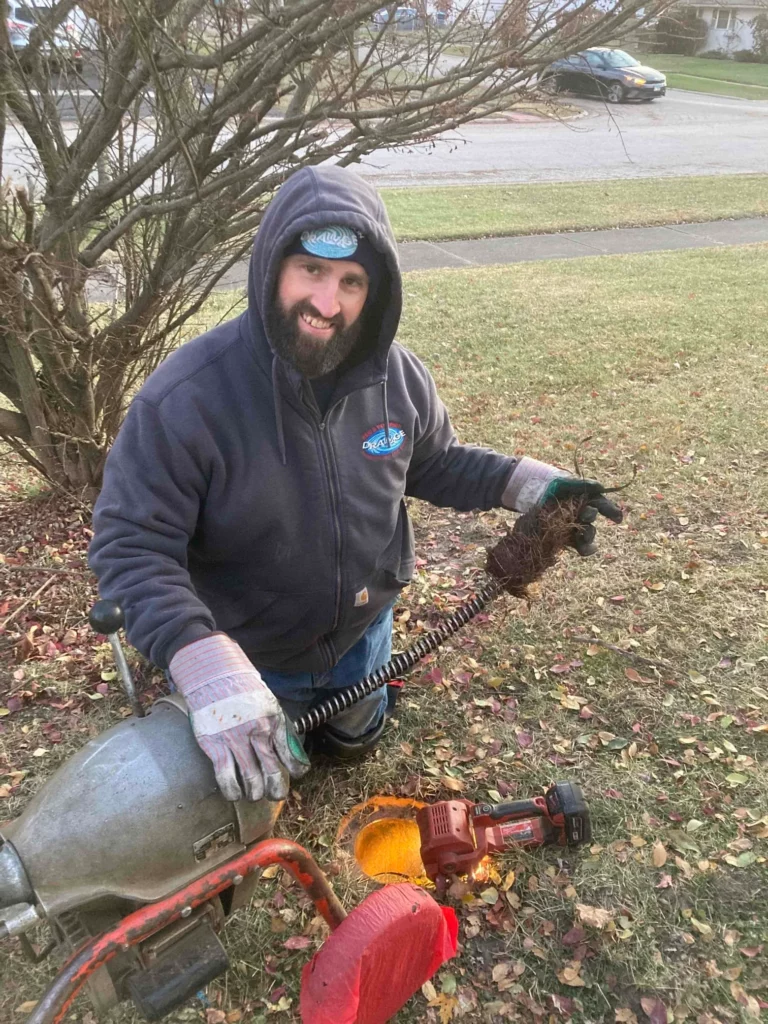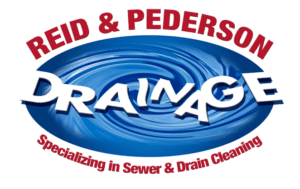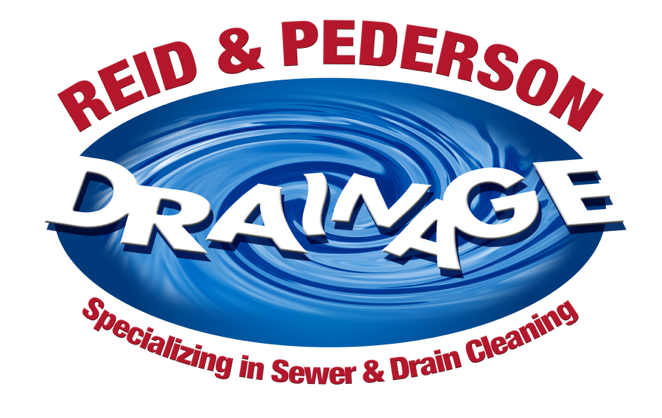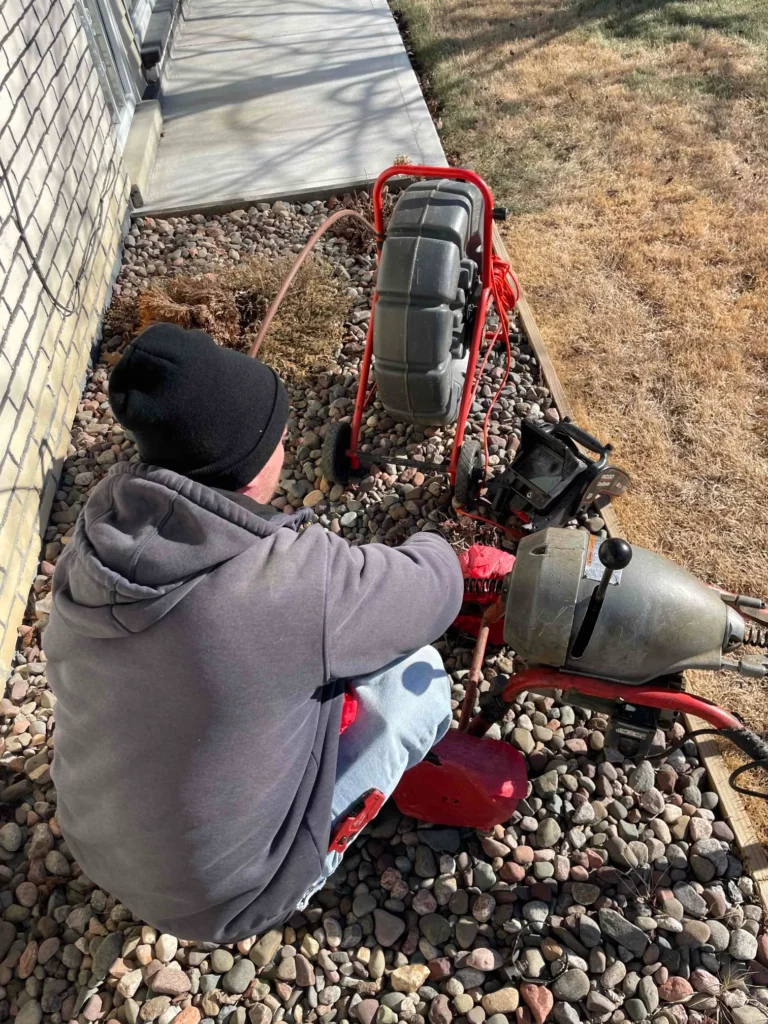Preventative Sewer Rodding: Why It’s Essential for Your Home

Spring rains bring rising water levels, and while this is great for gardens, it’s not so great for your sewer system. As groundwater increases, it puts additional pressure on sewer lines. These systems are made up of many connected pipes with joints that can become vulnerable over time. Excess moisture finds its way into any available opening, and when combined with common culprits like tree roots, grease, and debris, the result can be a slow-moving drain or, worse, a complete backup into your home.
A sewer backup is not just inconvenient—it can be a disgusting mess. The good news? Most backups are preventable with regular maintenance, including sewer rodding.
At Reid & Pederson Drainage, we specialize in fast, effective sewer rodding services to keep your home protected all year long. So keep reading to learn how preventative sewer rodding works, why it’s so effective, and when your home might need it most.
What Is Sewer Rodding?
Sewer rodding is the process of inserting a long cable with a specialized cutter into your sewer line. This cutter powers through the pipe, breaking up obstructions and clearing out invading roots. Like a barber trimming overgrown hair, the rodding process removes unwanted growth to restore proper flow. Technicians can often retrieve root cuttings from the sewer, providing homeowners with visual evidence of the issue. Based on these findings, they can recommend an appropriate maintenance schedule to prevent future problems.
How Often Should You Have Your Sewer Rodded?
The frequency of sewer rodding depends on factors like tree density near your pipes, the age of your plumbing system, and past issues with blockages. For homes with mature trees nearby, an annual or biannual rodding service is a smart investment. If you’ve experienced backups before, scheduling regular maintenance can prevent costly damage and keep your system running efficiently.
Should You Rod Your Sewer If There’s No Problem?
Absolutely. Preventative sewer maintenance, like rodding, is a proactive measure to keep your system functioning smoothly. Trees and large shrubs are constantly searching for water, and when they find a small crack or joint in your sewer line, they take full advantage. Household water use from laundry, showers, toilets, and dishes ensures a steady supply of moisture, allowing tree roots to thrive within your pipes. Over time, these roots create major blockages, restricting water flow and leading to backups.
Final Thoughts
A well-maintained sewer system is crucial to avoiding messy, expensive backups. Preventative sewer rodding is a simple yet effective way to keep your pipes clear and your home protected. Don’t wait for an emergency—schedule a routine rodding service and enjoy peace of mind knowing your plumbing is in top shape year-round.
Don’t wait for a backup to happen—schedule a sewer inspection with Reid & Pederson Drainage today!






